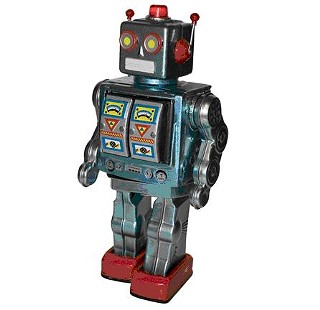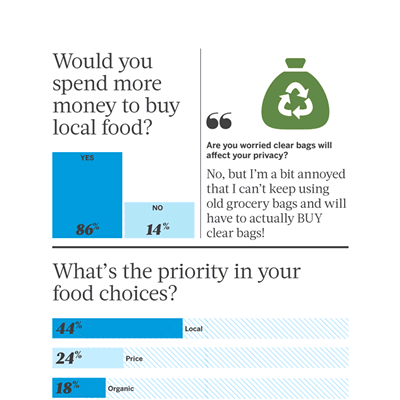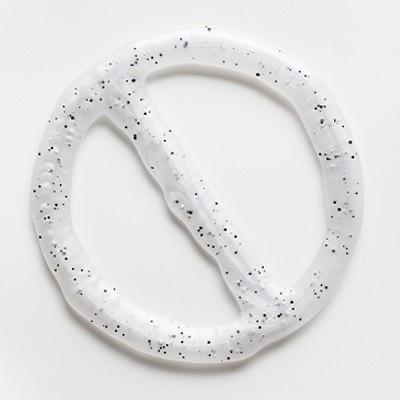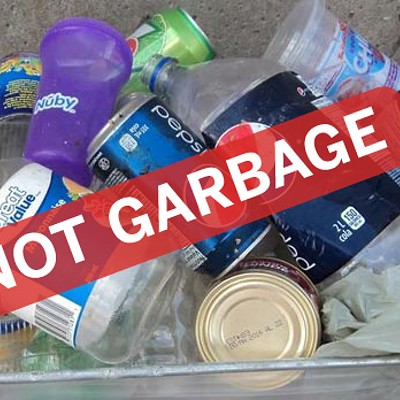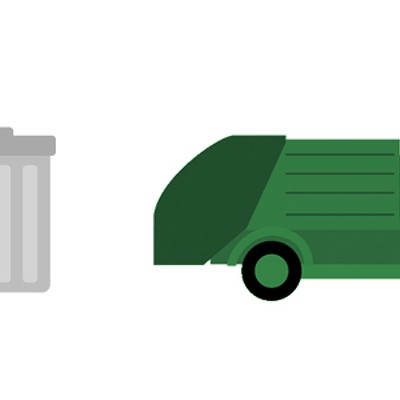“Recyclable containers are a fad,” he continues, explaining that any container made out of cornstarch or other plastic substitutes is still a polymer and can’t go in the green bin. “It would be better for every part of their organics be diverted, rather than worry about take-out containers.”
This means that anywhere that trumpets compostable cups at best hasn’t done their homework, and at worst is intentionally greenwashing. Offering a discount for bringing your own mug is the best way for java joints to go.
And the message is, if you have a backyard compost pile—great. Not many of us do, but if you are one of the lucky few, put the biodegradable containers there, where they can break down over months. The system in place in the HRM requires that whatever goes into green bins break down in an aerobic way within 28 days. Almost all coffee cups and lunch take-out containers won’t do that, and cups promoted as “recycleable” must be marked with a #1 or #2 plastic number to be included in the blue bag, or they’re headed directly to the landfill.
Oh, and biodegradable plastic bags? They have no place in green bins. (Again, in a compost pile in your backyard, perfect, otherwise it’s just more plastic waste.)
The solid waste source says his department will send people to look at restaurant dumpsters to see the how much organic material is being thrown out. He stresses that to separate the regular garbage from the organics is actually a money-saver for restaurants, since organics cost less by weight to remove than garbage. What it comes down to is an organized kitchen, with an educated staff that knows what to do with leftovers, both the stuff that never makes it to the table and the stuff that doesn’t get eaten.
“Look in the kitchen buckets,” suggests the source, for a true measure of what restaurants are doing to limit waste. If all remaining food and organic matter is being composted, “they’re golden.”


